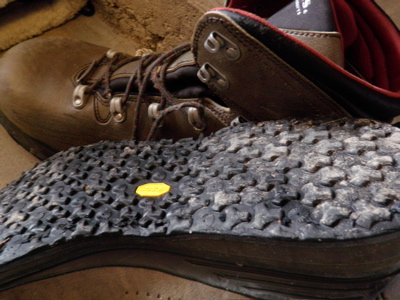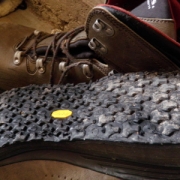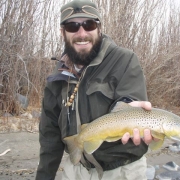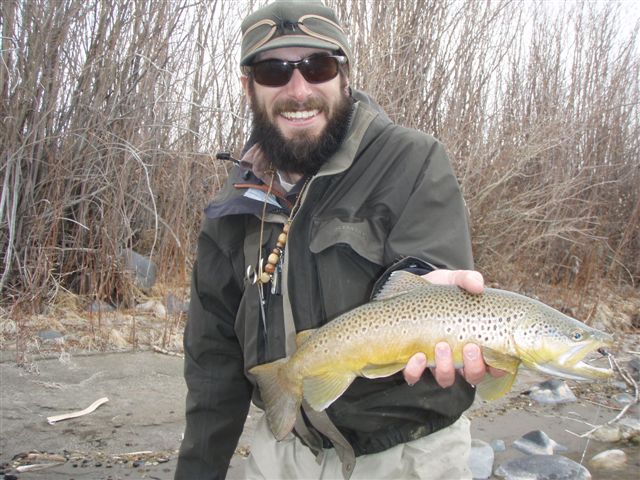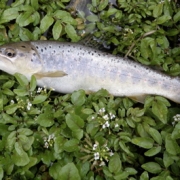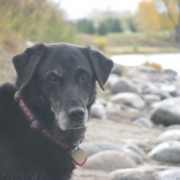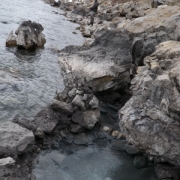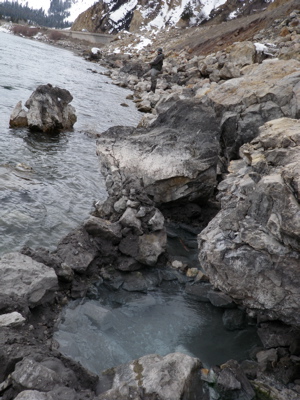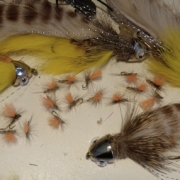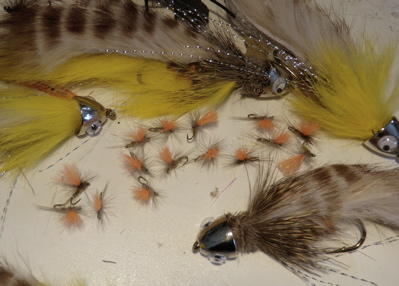Straight Shooting you: Rubber soled wading boots
Agent Mulder, of X-Files fame, had a poster in his office
that said, “I WANT TO BELIEVE.” Well, I wanted to believe too.
Unfortunately, belief only gets you so far when pitted against
truth and hard facts.
Last year, I replaced my felt-bottom Simms wading boots
with their new and improved rubber-soled boots, not because
of a burning desire to be politically/environmentally correct,
but because after several years of heavy use, my felt-bottom
boots had simply worn out and I was in need of a new pair.
Leading up to my purchase, rubber-soled boots had really
come into their own. Glowing reviews touting rubber’s
superiority to felt graced the pages of every fly fishing
magazine, website and catalog I came across. Throw in the
environmental benefits, and I had to wonder how I could go
wrong. Sure, there were occasional complaints from frustrated
anglers, but clearly these complainers were unpatriotic, anti-
environmental Americans, that would slip no matter what
footware they were wearing. In the end, the glowing reviews,
combined with the fact that most manufactures didn’t even
offer felt-bottom boots anymore, got the best of me. I bought
the rubber-soled boots.
My boots arrived and looked great. I wondered aloud to a
friend how anyone could complain about them. I mean, it’s not
like felt was the greatest thing in the world. I’d slipped in my
old boots countless times, especially when scrambling down
damp, grass covered hills. And felt’s horrible performance in
the snow; bring on the rubber! I couldn’t wait to wear my new
boots and see what the new world of wading technology had to
offer me.
Unfortunately, the new technology didn’t live up to the
hype. I quickly realized the negative comments WERE
justified. In my new boots, I might as well been walking on
polished ice; slipping and sliding along in the streams and
rivers I used to wade with ease. Wading in these boots gave
me all the consequences of heavy whiskey drinking without
any of the fun. To put it bluntly, my rubber-soled boots were
horrible!
And things haven’t changed. The soles haven’t softened or
broken in and made wading easier. I still slip and stumble
along the river bottom. Word seems to be getting out and the
industry has responded, recommending that carbon-tipped
studs be put in the rubber-soles. They claim that with such
improvements, the boots work great. Now, it seems to me that
if you have to implant metal spikes into your boots (boots that
cost good money) to make them functional, then your boots
are no good. I could make a lot of footwear appropriate for
wading if all that is required is putting metal spikes through
their soles!
In the end, I don’t want to put metal spikes into my boots.
I don’t want to walk around with carbon-tips tearing into the
ground, my car and my boat! I just want my felt back. Surely
in this day in age, someone can make a fishing boot that works
slightly better than any pair of worn out, grass stained
sneakers!
I wanted to believe, but I don’t
